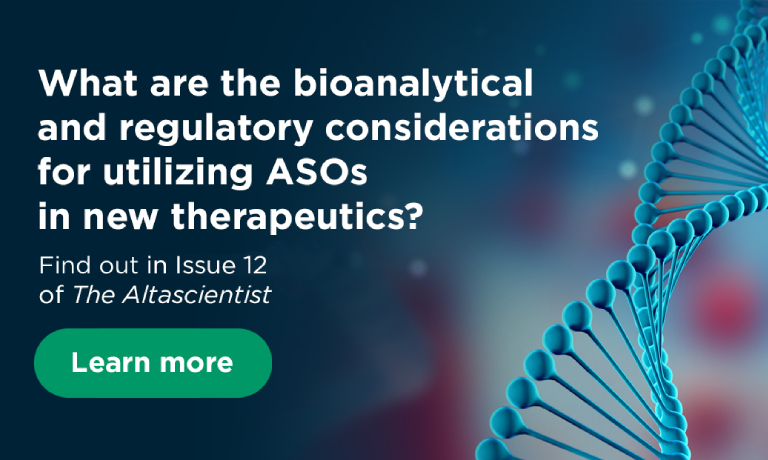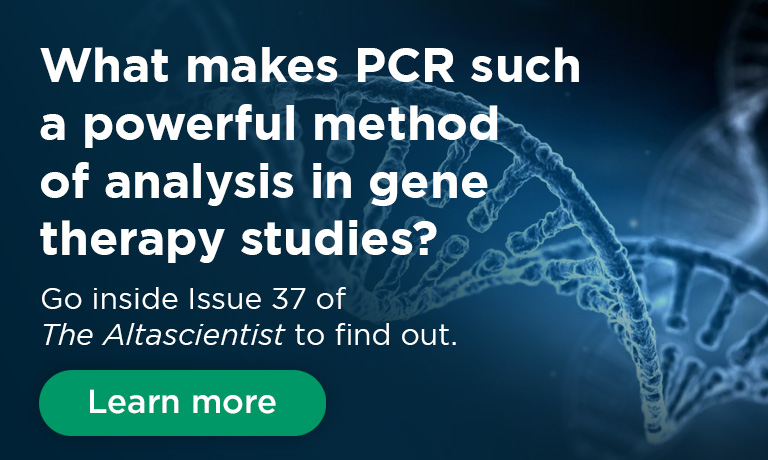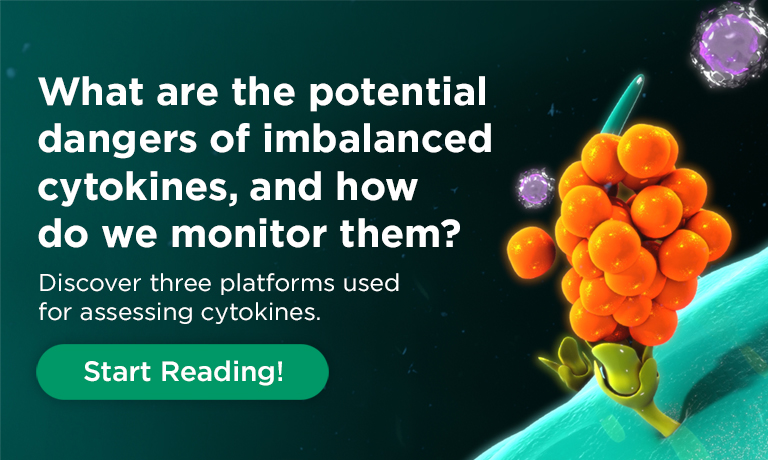Q&A With Dr. Norbert Makori and Pierre Jolicoeur: The Benefits of Combining Preclinical and Bioanalytical Solutions for Your Gene Therapy Studies
Recent advances in gene therapy have allowed for diseases to be approached differently. Gene therapy was first discovered in the 1960s, but only gained commercial interest in the 1980s. It wasn’t until 1990 that the first successful gene therapy treatment on a patient transpired.
Preclinical and bioanalytical studies play a crucial role in the development of gene therapy—such as in vitro studies, immunogenicity assessments, and the determination of dose optimization, as well as robust bioanalytical methods for quantification of DNA or RNA transgene, the vector, expressed gene moieties, and assessment of their immunogenicity—all critical elements in the understanding of PK, PD, and safety/toxicity.
Q&A With Dr. Norbert Makori and Pierre Jolicoeur

We spoke with Dr. Norbert Makori, Vice President of Toxicology at Altasciences, and Pierre Jolicoeur, Scientific Director of Laboratory Sciences at Altasciences, to get their perspectives and insights on how both preclinical and bioanalytical processes can be seamlessly integrated to facilitate communication, data transfers, and create an overall more efficient gene therapy program.
q: How can Altasciences support sponsors’ Gene Therapy Programs?
NM: One of the specializations of our research facility in Seattle, WA, is gene therapy. We have more than five years' experience with CRISPR gene-editing therapeutics in nonhuman primates (NHPs), and extensive expertise in bioanalysis for biodistribution studies. In addition to common routes of administration, we also offer intrathecal dosing, for dosing into the spinal cord. Specifically, we can dose some of the specialized gene therapies into the ocular space, and use an intravenous line, (IV) which allows dosing for extended periods.
Our capabilities in gene therapies center around the availability of their test system. We have a supply of NHPs to ensure prompt study start. And more importantly, we have the facilities to screen large numbers of subjects and assign those that are negative to the adeno-associated viruses (AAVs) of interest to the study. Additionally, we have a supply of rodent and non-rodent species available for testing.
Q: What Platforms and Capabilities Does Altasciences Utilize for Gene Therapy Studies?
PJ: At Altasciences, we have a range of leading-edge platforms that include ligand binding assays (LBA), NAb, TAb, flow cytometry, and ELISpot, as well as on-site molecular biology instrumentation such as Bio-Rad’s ddPCR system, the NanoDropTM One spectrophotometer, and dedicated polymerase chain reaction (PCR) chambers.
The most common safety endpoints evaluated during a gene therapy preclinical study include biodistribution and vector shedding, performed by PCR, immunogenicity performed by ligand binding (ELISA) assays, and potential inflammation determination using biomarker assays. Assessments of shedding can be utilized to estimate the likelihood of transmission of vectors to others. If inflammation is suspected or needs to be assessed, then we can perform biomarker assays. Our biomarker team has a number of cytokine and complement panels designed to detect and quantify these changes in research subjects.
Q: How do Your Preclinical and Bioanalytical Teams Work Together to Accelerate Sponsors’ Gene Therapy Research?
NM: Altasciences’ preclinical and bioanalytical teams work as one—from the same facility in Seattle—collaborating on designing and progressing your gene therapy study. The Study Director is responsible for corresponding with the Principal Investigators, the subject matter experts (SMEs), and the sponsor, ensuring that everyone is aligned with the study’s goals, protocol, and analysis, as well as anything else that is needed for the success of the study, such as coordinated communication and efficient project management.
PJ: With the Study Director as the project leader, our sponsors have direct access to all the information and data while their studies are ongoing. The sponsor can then make informed decisions, should there be a need to make changes to their study protocol.
Q: What are some advancements in gene therapy treatments that you are hoping to explore further?
PJ: One of the newest and most promising treatments I am looking to explore is for blood cancer. Chimeric Antigen Receptor (CAR) T-cell therapy uses your body’s own immune system to help fight cancer, and are designed to recognize and target specific proteins on the surface of cancer cells. This technology involves harvesting these T-cells from a patient, genetically modifying them to express specific targets on the surface of the T-lymphocytes. The new cells are then grown in high numbers in a laboratory and then are re-administered to the patient, where the genetically modified cells will attack more specific cancer cells.
Unlike chemotherapy and radiation, which kill healthy cells as well as cancerous ones, immunotherapy targets tumors with more precision. This technology extensively utilizes immunofluorescence and flow cytometry technology, which is a platform offered in our laboratories.
In Conclusion
Altasciences has integrated scientific teams and state-of-the-art instrumentation to provide gene therapy-related services that address sponsor needs. Our scientists leverage their vast experience in not only common AAVs, but also PCR, flow cytometry, and all related genetic therapy services.
Continue the conversation with Norbert or Pierre by contacting us today.



